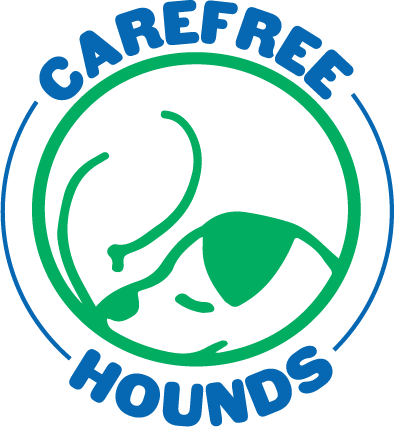Preventing separation anxiety
Throughout my career, one concern I hear about regularly from puppy and dog guardians is preventing separation anxiety. The pandemic has really brought this topic to the fore. Since I just recently started another round of puppy classes, I thought I would address this and tell you how you can prevent separation anxiety. This is true whether you have a brand new puppy or an adult dog that you’ve recently brought into your home.
First, we should define what we’re talking about when we’re talking about separation anxiety, as it is an umbrella term for a whole host of behaviours. The more accurate term that dog trainers and pet professionals use is separation-related behaviour. Part of the reason for the distinction is because it is not always easy to tell if the dog is anxious or not or, even if we know the dog is anxious, do we really know it is related to the separation and not something else going on, such as distress at being confined in a crate or a room?
For most pup parents, it’s not important to make the distinction. Even experienced dog owners may find it difficult to tolerate even the smallest amount of barking or whining when getting ready to leave their pup at home alone.
Truly, the best thing you can do to prevent separation-related behaviour is to teach your pup how to be alone. The best way to do that is by baby steps.
First, create a safe and comfortable space for your pup to stay when you’re out. This can be your dog’s crate, or it can be a favourite bed, or spot on the couch. It’s up to you, but it should be a space the dog is already comfortable in. Closing dogs up in laundry rooms and garages can be stressful for them if they only go there when you’re out.
If your dog feels relaxed and happy in that space when you’re home, it will be easier for them to stay there when you leave.
Next, start those baby steps: short absences. This is especially true for puppies. Staying home with your pup 24/7 will just make it that much harder for both of you when you do have to leave them alone.
Always avoid fanfare around departures and returns. When it’s time to leave, just leave. No long goodbyes. When you return home, you don’t need to completely ignore your pup, but avoid making a huge deal out of it. Put your things away, release your dog from his or her crate or confinement, say hello, and carry on.
Preventing separation anxiety is much, much less difficult than treating it. Teaching your pup how to be relaxed when home alone is one of the kindest things you can do for him or her.
If you have questions about anything I cover in this post, including crate training or confinement distress or how to address separation anxiety that’s already happening in your home, reach out to me. I’m only too happy to help.

